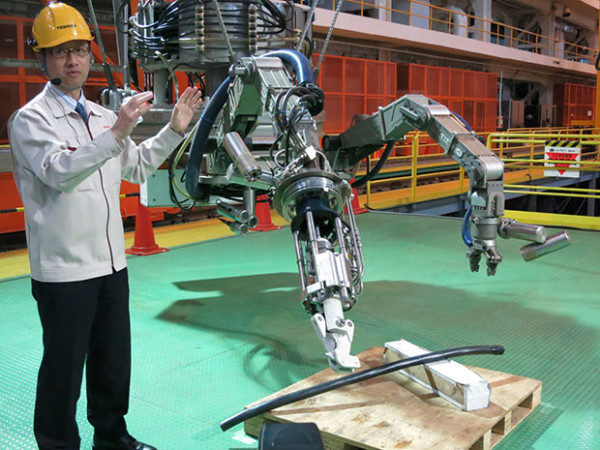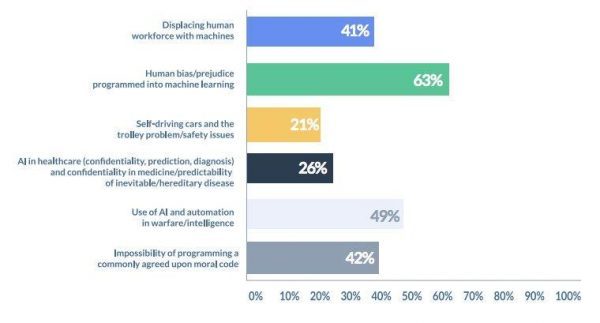Toshiba Prepares Amphibious Robot for Fukushima Reactor Pool

There’s still a huge amount of radioactive waste cleanup to do at the Fukushima nuclear power plant in Japan. Some of that cleanup can be done by careful humans. And there’s some that’s too dangerous for humans, but not quite dangerous enough to dissuade robots. Clearing the fuel rods out of the pool in reactor 3 is one of those tasks, and Toshiba has built a robot to tackle it.
If you had to pick somewhere to eat a picnic lunch in the Fukushima Daiichi nuclear power plant, inside the containment building of reactor 3 probably wouldn’t be at the top of your list, but it also wouldn’t be at the very bottom. The radiation inside the reactor 3 building isn’t as bad as inside reactor 1, but it’s still enough to prevent humans from working there long term. This is a problem, because there are a bunch of spent fuel rods in the reactor 3 swimming pool that really should be somewhere else, so Toshiba has come up with this hulking amphibious robot to perform the job remotely.
Even though it’s been half a decade since the Fukushima disaster, robots still haven’t been able to make as much of an impact as it seems like they should. There’s still what seems to be a scramble to build and deploy these expensive, complex, and entirely bespoke robotic systems to solve very specific problems in very specific situations. As a reaction to a disaster, this is understandable, but long term, it’s not a very effective or efficient approach. In some cases, a bespoke robot may be the only option, and defueling a busted reactor core might be one of those. Looking at the control interface, though, makes me cringe a little bit:
“Training for workers to master the intricacies of the remote-control system is expected to begin next year,” says a Japan Times story. Ugh. I’m not suggesting that this isn’t a complex robot, but way, way better control solutions exist. From the look of things, there are a bunch of monocular displays, along with that bulky pendant-thing with a couple 2-axes joysticks and some toggle switches for changing joint controls. You could probably run over it with a monster truck and it would still work, but it doesn’t score very highly on the ease-of-use-o’-meter.
This has always been a problem for robotics, and for technology more generally. Better solutions to these problems exist all over the place, but convincing industry that they’re mature enough for adoption is frustratingly difficult. And in this case, I would imagine that the argument against using anything innovative is that once the robot has been in reactor 4 for a while, it’s not coming out again, and nobody’s going to want to go in there to fix it. It’s a sort of Mars-rover situation, where you really need to get everything right the first time, with dead-nuts reliability. Even so, think about how much more fun it would be to extract radioactive fuel rods with an interface like this.
The plan here is to have the robot installed in reactor 4 at some point this year, with removal of the 566 fuel rod assemblies to begin next in 2018. Once workers have mastered the intricacies of the remote control system, of course.










